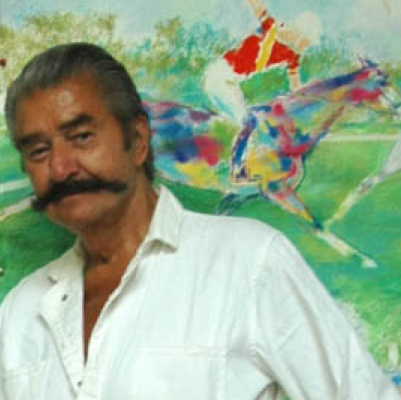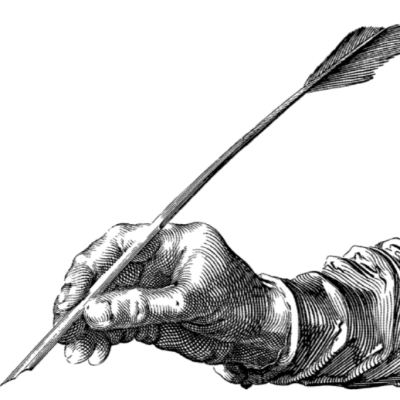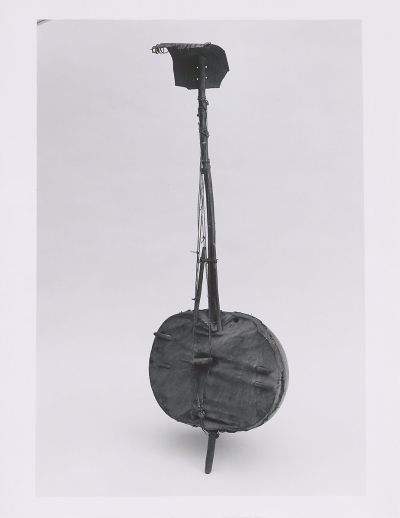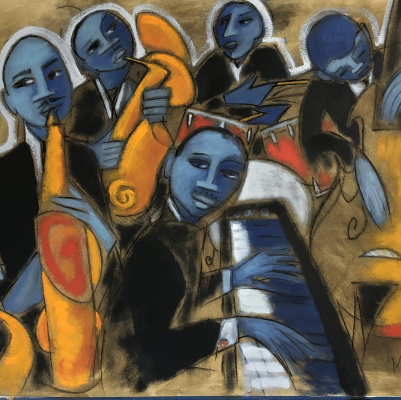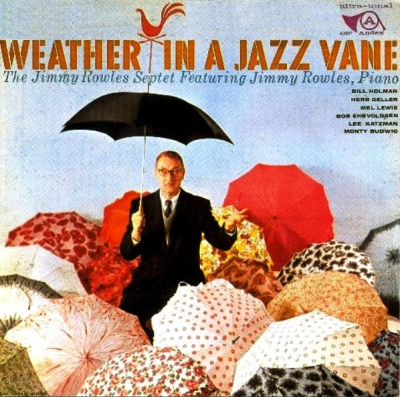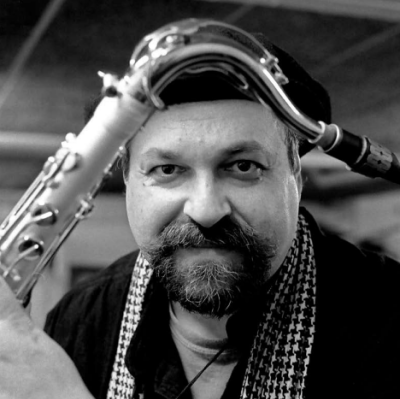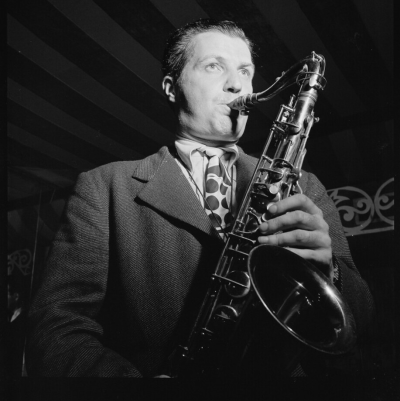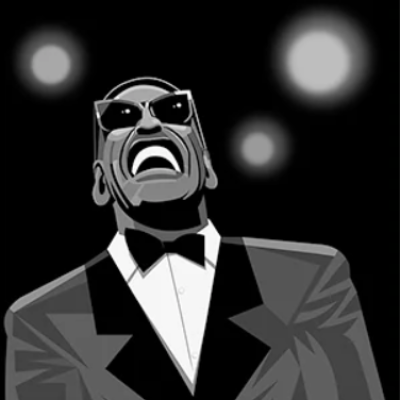SYNERGIST
All day
I’ve listened to the song
of a single cardinal
ripple stillness
just outside my office window.
An opera in red tux
his throat is a spring
stretching an aria
through the cluttered house
of sound, awakening memories
of events since past.
The timbre enlivens my heart.
I can almost touch
what once was
as it floats between
song and wind. An inflection
so crisp, that I’m convinced
the cardinal sings for more
than to merely texture
the commotion. His tune
incites another gift.
He performs daily,
tireless and without hoarseness,
to make sad hearts flutter.
RECITIAL CLASS
On piles of brick and mortar
in an acoustically enhanced chamber,
he perches like a judge
about to pass sentence,
clad in a checkered suit
with matching bowtie,
listening to one performance recital
after another,
considering wrong notes,
squeaks, and never-ending passages
of questionable intonation
while a recruited student audience observes.
What must the cardinals think
about this cacophony of musical interpretations?
Hour after hour, one with the chair
and its deaf serenity,
he sits and stares
as the building shudders
with every gasp of breath.
Windows teeter upon the brink of disintegration.
How frightened the composers must be,
covering their ears from heavenly posts,
intentions distorted
at the price of an educational tryst.
Even in the Spring heat,
children circumvent the building
while cars pass at greater speeds.
Yet he sits, professor of music,
seer of the future, content to listen
till the setting sun strikes the windowpane,
knowing these melodies will mitigate.
Their players, like fireflies,
will eventually illuminate
the trepidation of a sullen soul.
SYMPHONIC EVE
Walls pulsate
on waves
of rhythmic Stravinsky jokes.
Crickets scratch song
to throated gurgles
of a bubbling spring.
Soft rain dances rooftop
and strokes panes
on a mild breeze
painting
vague shadows
upon sidewalks.
I sit here waiting,
content,
eager for sunlight’s
blinding glare
to burst through darkness,
the grand finale.
HONEYCOMB BLUES
This is how it used to be
with him and his lover,
she taught him
a new song
every morning,
a different line
with her head
on the pillow,
climbing the stairway
of his spine
with a weightless melody
until it filled his brain
and he sang
as he rolled over
to lock his lips
around hers
so she might sugar his mouth
with more honey,
her tongue tipping sweet melodies
backwards in his throat.
The day was longing
after mornings like that,
sunlight a lonely companion,
though the song droned
like bees in the hive
all day in his head.
BURGLAR
Two days ago
the sun caught me stealing
the cardinal’s song
to construct a melody,
demanded restitution,
then reported me
to Mother Nature
who posted my likeness
about the land.
Soon, the ocean,
forest, birds, flowers, et. al.
filed suit for substantial abuse
and complacent appropriation
without permission.
I pleaded guilty;
admitted taking
rain from the clouds
for rhythm,
breath from wind
for deliverance,
stars from the sky
for harmony,
and rage from the ocean
for intense dynamics.
Convicted and confined
to a windowless, insulated room
with no composing
or suggestion of resonance,
I was sentenced to imagine music
without embezzlement
and the wholesale exploitation of nature.
WHAT TO DO WITH INTANGIBLES
Early morning, a little snow
teases the outstretched branches
with the help of the wind.
It is cold, but inside the stove’s warmth
cradles the recliner in the lamplight
where he sits and listens to Brubeck.
His fingers, thick and calloused,
flip pages of the score enthusiastically
as he notices the shape of his nails,
much like his father’s, no moons rising.
And like his father had done,
it’s time to contemplate departure.
One day, the stove unlit, will dispense
the damp aroma of creosote,
the score will lie closed
upon the arm of the recliner.
One day, a relative will enter
and acknowledge
that the house is empty,
no warmth, no breath, no Brubeck,
an indentation upon the seat
next to the score.
The change will go unnoticed
by the snow, wind, ice, and
those few crows meandering
for morsels upon the buried landscape.
He returns to follow the music,
the harmonies and rhythms delight him.
What would become of these joys,
he wonders.
Someone should take them.
THE COMMISSION
He felt as if he were born
to the sawdust and nails
of composing, working daily
in hours of solitude
to construct a sound structure,
which at times
seemed like a pointless task,
devoid of shelter for any dweller,
a paper house
easily toppled in a stray breeze.
On many afternoons
he abandoned the work,
meandered outdoors
to view the project from afar,
somewhat defeated yet relieved
once he soaked his head
in the light of the sun
which cleansed the motifs, themes,
chords and progressions
from his brain,
allowing a bit of respite
while the half house
toppled in a sigh of wind.
He could hear the creaks
of settling rubble.
Fallen walls, once separated
by harmonies and timbre,
were now splintered by light
in puffs of dust,
carried off with a gust,
floating until another melody
whistled in his head,
a new rhythm of nails
that would bond a varied design
upon an alternate musical landscape.
MUSIC GRATIFICATION
He wanted to know everything
a musician knew,
how to start with a note
that blossomed into a composition,
jazz or symphonic,
it didn’t matter much,
Take Five or Beethoven’s Fifth
as long as he could make
some toe-tapping or baton swinging
sense of the melodies
that swirled in his head.
He could write lyrics
all day long on a blank page
but had only the rhythm of words
to dance to,
the timbre and articulations
came from a different place
and were never enhanced
by a slick clarinet gliss
or a violin’s frenetic staccato.
He was happy, though,
that he could listen to
the most complex pieces
or simplest tunes
and transform himself
into a feather
that floated upon the resonance,
landing gently at the final cadence,
gratified that he could internalize
the intention of sounds
he couldn’t call his own.
THE CORNER MUSICIAN
With massive gasps and fluid fingers
a saxophonist improvises the sounds of city,
capturing the rhythm of urban diaspora
as it approaches the cadence of life.
His licks and riffs reveal
the tempest of the metropolitan mentality,
his intonation shades its complexities
as he attempts to calm the pulse
of the sprawl with modal motifs
that identify the dissonance
each inhabitant exudes
as they follow a silent song.
He clears the way
with a beam of sound
and opens a passage that is human,
capturing passion and sensitivity
in a web of eighth notes
that interview the mystery
between asphalt and the soul.
DOWNBEAT
Seconds tick away,
the orchestra sits quietly.
Upon the podium the conductor awaits,
arms by his side,
right hand gripping the baton.
The room is silent,
coughs in the audience cease,
doors to corridors have been closed.
Blinking lights bidding attention wane
and the old lady who taps
upon the wooden armrest
stills her beat to watch pensively.
The maestro signals for attention,
arms apart,
an eagle about to soar
above the sounds of foliage
replenish ing the naked woods,
unraveling a song of loneliness
into a symphony of triumph.
The buses are motionless on the street,
ships dock in the harbor.
Crickets in crevices
no longer rub their legs
and dead composers peer down
from celestial balconies.
An entire city awaits
the stroke,
a downbeat unfolding tribulation
and long suffering angst
wrapped in a coil of musical colors.
Drop the baton,
and the ocean will stop slapping the shoreline.
Even Beethoven,
proudly embossed above the stage in gold,
stares downward and shakes his fist in defiance
of the anticipation
while inserting the hearing horn
into his deaf ear.
PIANO DREAMS
He thinks about the piano
even when he is not playing.
The largest and heaviest instrument of all,
this curious black beauty,
with shoreline shape,
is the most elegant object on center stage,
in tux with white trim tie,
he stares to absorb its magnificence,
ponder its potential and history.
When he plays,
each key he strokes
becomes a syllable to a story
in which he scales
the dizzying highs and lows
with the endurance to climb Everest,
exploring secrets of shapes and timbres
that awaken the chordal children
who dance with him
through bebop and jazz,
from spirituals to classical,
follow him away from home and back again,
till the gig is complete.
After each performance,
when the letters of sound fall silent,
he pauses before leaving the stage
to take it all in,
bringing this mirage,
with its Cheshire smile
and three stubby legs,
back to the practice room for more inspiration.







